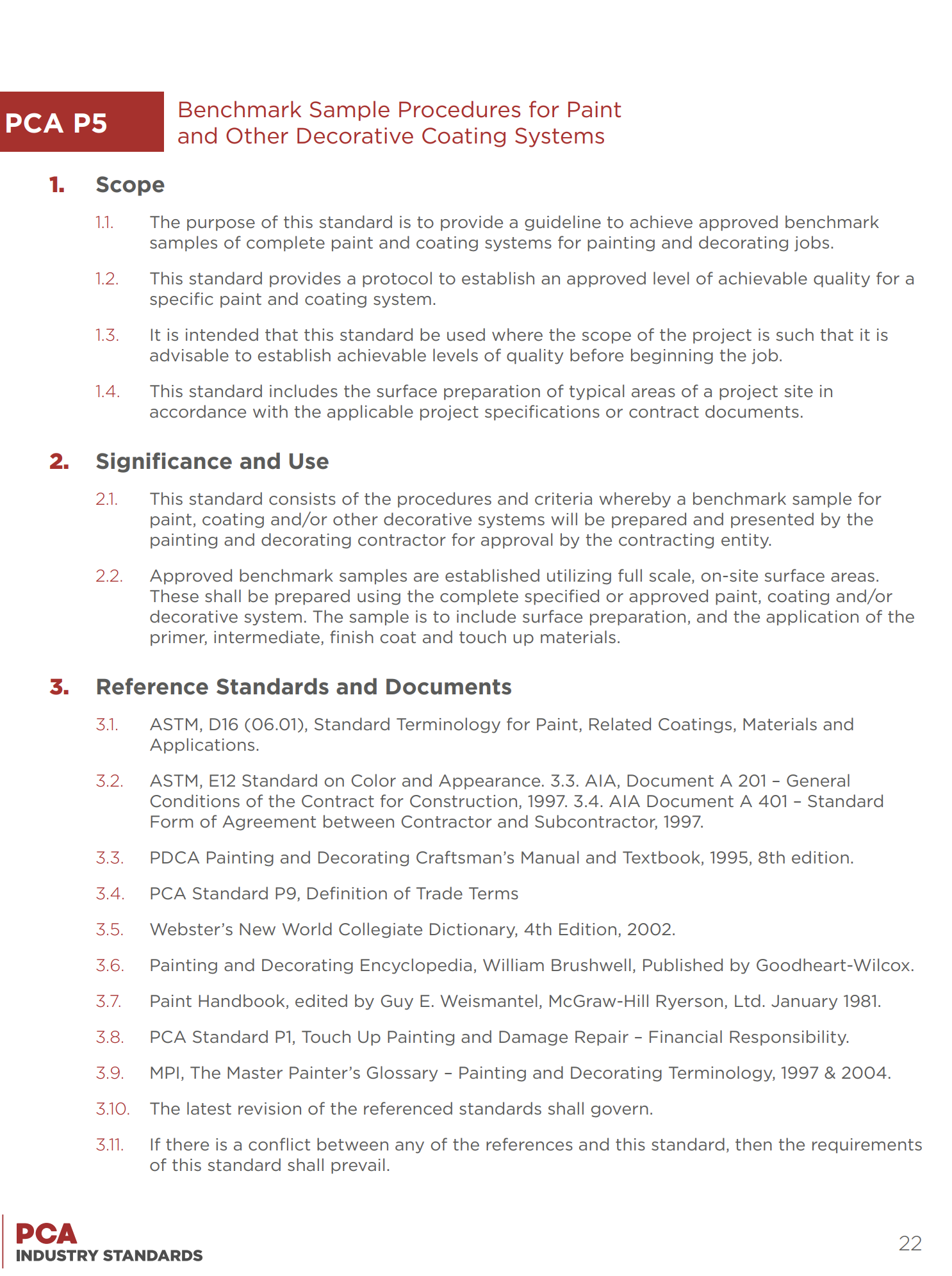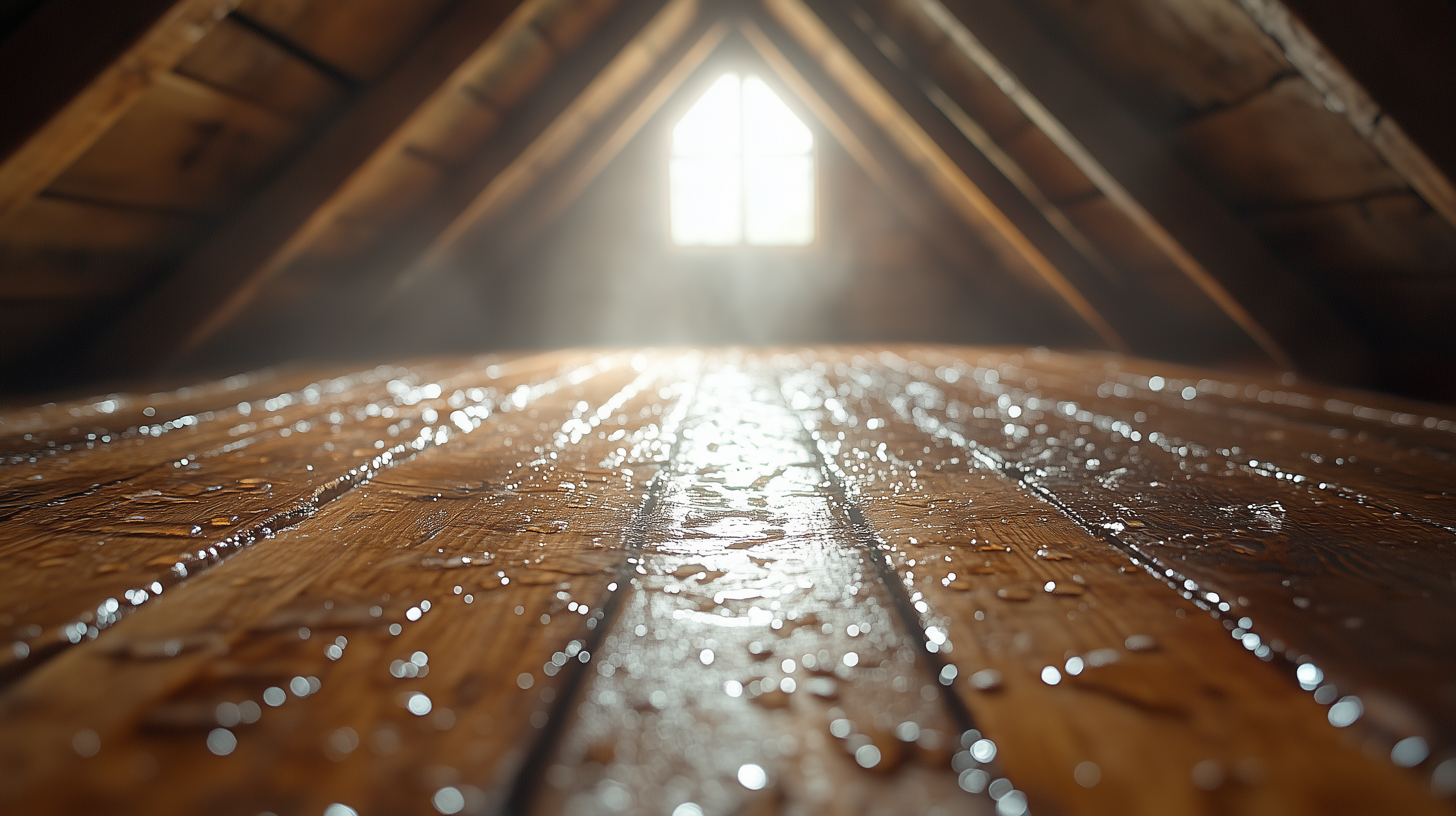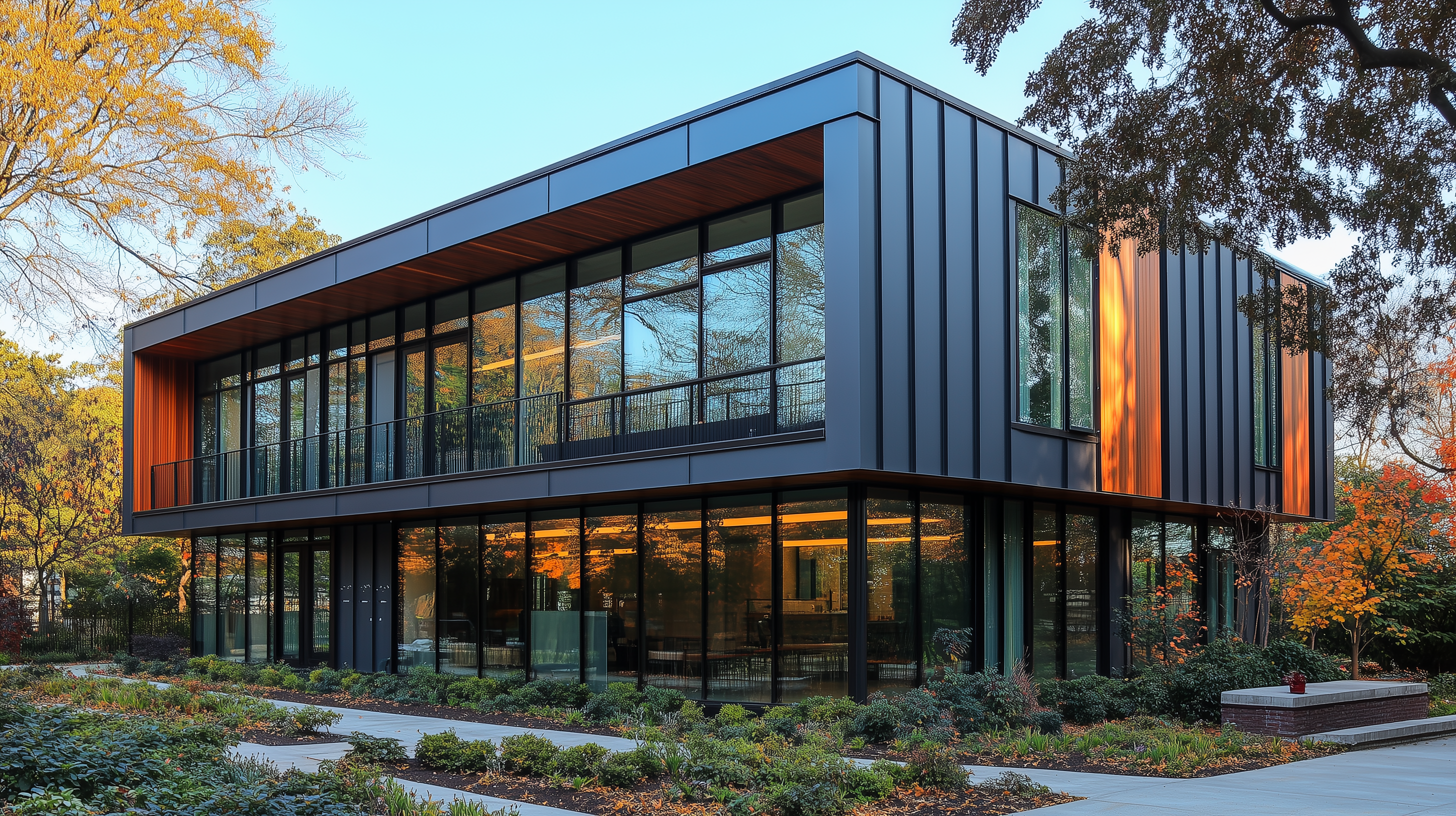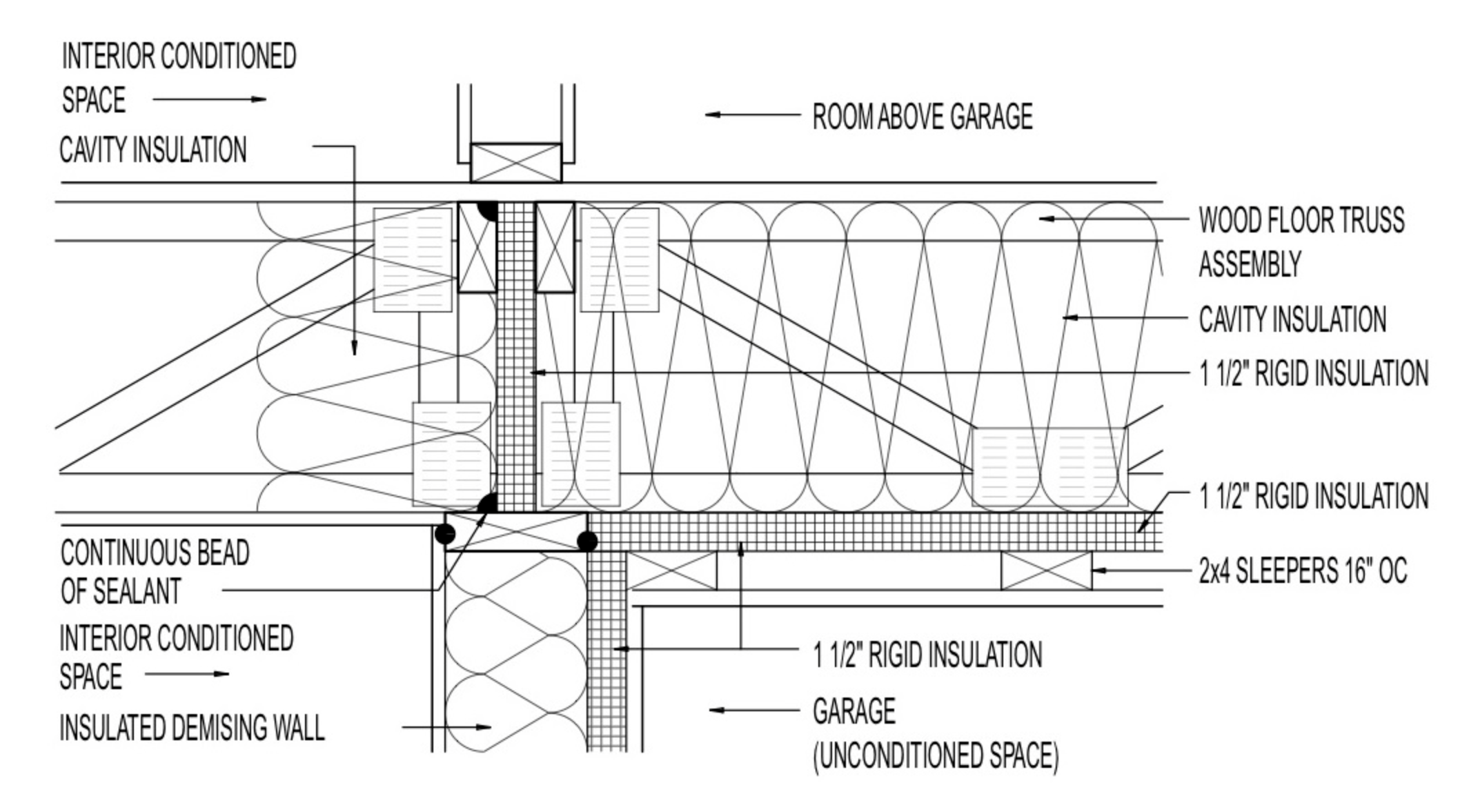Introduction
In the painting and decorating industry, maintaining consistent quality is paramount. The PCA (Painting Contractors Association) Standard P5 aims to create a guideline for achieving approved benchmark samples for various paint and coating systems. Today, we’ll delve into what this standard means and its implications for both contractors and contracting entities.
Scope
The primary purpose of PCA Standard P5 is to establish a universal protocol for creating benchmark samples. These samples serve as the standard for quality and are intended to be used in projects where defining the level of achievable quality is essential before the work begins.
Significance and Use
This standard outlines:
- Procedures: Specifies how to prepare and present a benchmark sample for paint, coating, and other decorative systems. The painting and decorating contractor is responsible for this.
- Criteria for Approval: The contracting entity must approve the sample based on established procedures.
- Sample Preparation: Benchmark samples are made using full-scale, on-site surface areas and the complete, specified paint or coating system. This includes all phases from surface preparation to the final touch-up.
In essence, this standard aims to set a reliable, approved quality level for painting and decorating projects, ensuring clarity of expectations and responsibilities for both the contractor and the contracting entity.
Standard Specification: The Procedure
Here is a condensed explanation of the Standard Specification as described in PCA Standard P5:
1. Sample Sites and Timing
Both the contracting entity and the painting and decorating contractor should agree on sample sites and a time schedule for preparing and approving these samples.
2. Surface Condition Approval
Before proceeding with the sample, the surface condition must be approved by the contracting entity.
3. Preparing the Sample
Upon receiving the green light, the contractor prepares and applies the complete coating system to produce the benchmark sample.
4. Approval and Documentation
Once the sample is ready and meets all stipulated standards, the contracting entity must document their approval in writing. This documentation serves as the go-ahead for the contractor to begin the project.
5. Preservation
After approval, the sample surface must be secured and identified clearly. It acts as a reference point throughout the project.
6. Touch Ups
Any touch-ups to the sample must also be clearly identified and approved.
Definitions
The following definitions found in PCA P5 may be relevant to the insurance restoration contractor:
- CONTRACTING ENTITY: This refers to the general contractor, owner of the property, construction manager, or other entity legally responsible for the agreement. Understanding who the contracting entity is can be crucial in disputes.
- LATENT DAMAGE OR DEFECTS: This refers to damage that occurs beyond the control of the contractor after the work has been completed. This could include water damage, earthquake damage, or other types of unforeseen damage. This is often a focal point in insurance claims.
- PAINTING AND DECORATING CONTRACTOR: Defines who is contracted to apply paints, coatings, wallcoverings, and other decorating finishes. This is important for determining liability and responsibility in restoration projects.
- PROPERLY PAINTED SURFACE: A standard for what constitutes a completed and acceptable paint job. This could be important for both quality assurance and any subsequent insurance claims related to the quality of work.
- SUBSTRATE: Refers to any surface to be painted, including various materials like wood, concrete, and steel. Understanding the substrate is important for both the estimation and restoration process.
- TOUCH UP: Refers to the correction of deficiencies to achieve a properly painted surface. In the context of insurance, understanding what constitutes a ‘touch up’ versus ‘latent damage’ can be critical for insurance restoration.
- BENCHMARK SAMPLE: A sample that serves as a standard for other work may be important for quality assurance and could play a role in settling insurance disputes.
- STANDARD: Defines the rule or basis of comparison in measuring or judging the quality, extent, or value of a service, which can be crucial in assessments.
These terms can help set clear expectations and standards, which is beneficial for all parties involved.
Reference Standards and Documents
This standard refers to key documents and standards that are integral for compliance:
- ASTM Standards: D16 for terminology and E12 for color and appearance.
- AIA Documents: A 201 and A 401 for contractual conditions and agreements.
- PDCA Manual: Craftsman’s Manual and Textbook, 8th edition.
- PCA Standards: P1 for damage repair and P9 for trade terms.
- Dictionaries: Webster’s New World Collegiate Dictionary, 4th Edition.
- Specialized References: Painting and Decorating Encyclopedia, Paint Handbook, and MPI’s Glossary for industry-specific terminology.
Final Thoughts
PCA Standard P5 plays a critical role in establishing expectations and preventing misunderstandings in paint and decorating projects. By creating a standard for benchmark samples, the industry aims to uphold high-quality standards and ensure the satisfaction of all parties involved.
For more personalized guidance, consult with painters and local building codes specific to your location. For immediate service or consultation, you may contact us at Allied Emergency Services, INC.
Contact Information:
- Phone: 1-800-792-0212
- Email: Info@AlliedEmergencyServices.com
- Location: Serving Illinois, Wisconsin, and Indiana with a focus on the greater Chicago area.
If you require immediate assistance or have specific questions, our human support is readily available to help you.
Disclaimer: This article is intended for informational purposes only. For professional advice, consult experts in the fie










